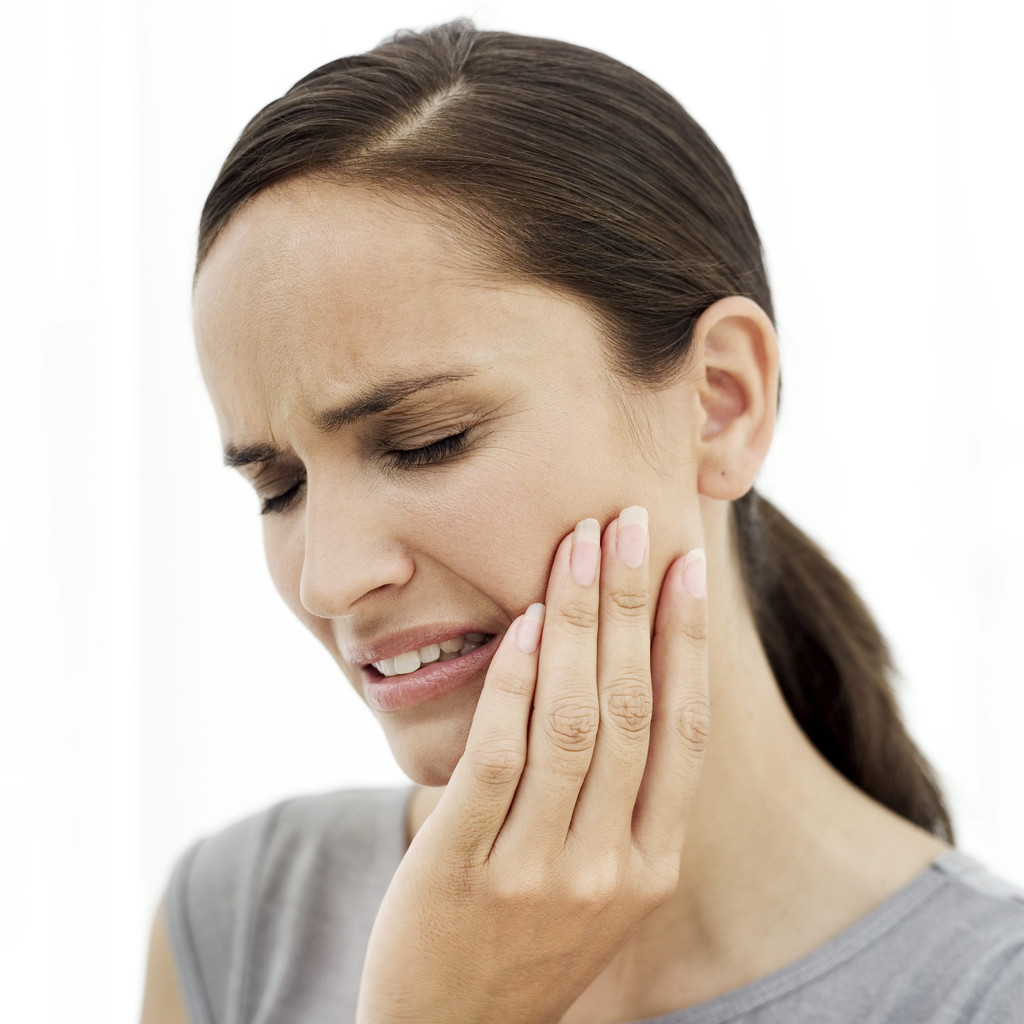
04 Aug How Physical Therapy Can Improve Jaw Pain
Jaw pain, also known as temporomandibular dysfunction (TMD), is a common problem affecting about 10 million people in the United States. It has been shown that 50-75% of the population will have at least one symptom of TMD at some point in their life. Jaw pain may involve the joint itself, and/or the muscles surrounding the joint that are used for chewing, speaking, and swallowing.
There are many causes of TMD but the most common include:
- Trauma
- Direct: blow to the jaw or recent dental procedure
- Indirect: whiplash from a motor vehicle accident
- Clenching throughout the day and/or grinding teeth at night
- Poor sitting posture
- Stress
- Osteoarthritis of the joint
Typical signs and symptoms of TMD include:
- Pain in the jaw
- Locking (unable to completely open or close the jaw)
- Clicking
- Headaches
- Neck pain
- Earache
- Ringing in the ears
- Dizziness
- Difficulty swallowing
Standard management of TMD should involve a collaborative approach between a dental professional and a physical therapist. From a dental perspective, treatment typically includes any of the following: splinting and/or bracing, education, orthodontics, and medications. Research has shown that physical therapists are able to manage TMD with treatments such as patient education, postural correction, diet modification, joint mobilization, relaxation techniques, stretching, and/or strengthening.
Your dentist and physical therapist will work together to develop a clinical diagnosis for your specific type of TMD based on medical history, pain intensity, and physical exam findings. He or she will select a treatment approach and prescribe a home exercise plan to meet your personal goals, reduce pain, and improve function.
If you have a history of jaw pain, speak with your dentist and physical therapist who can work together to develop a plan of care for your pain.





